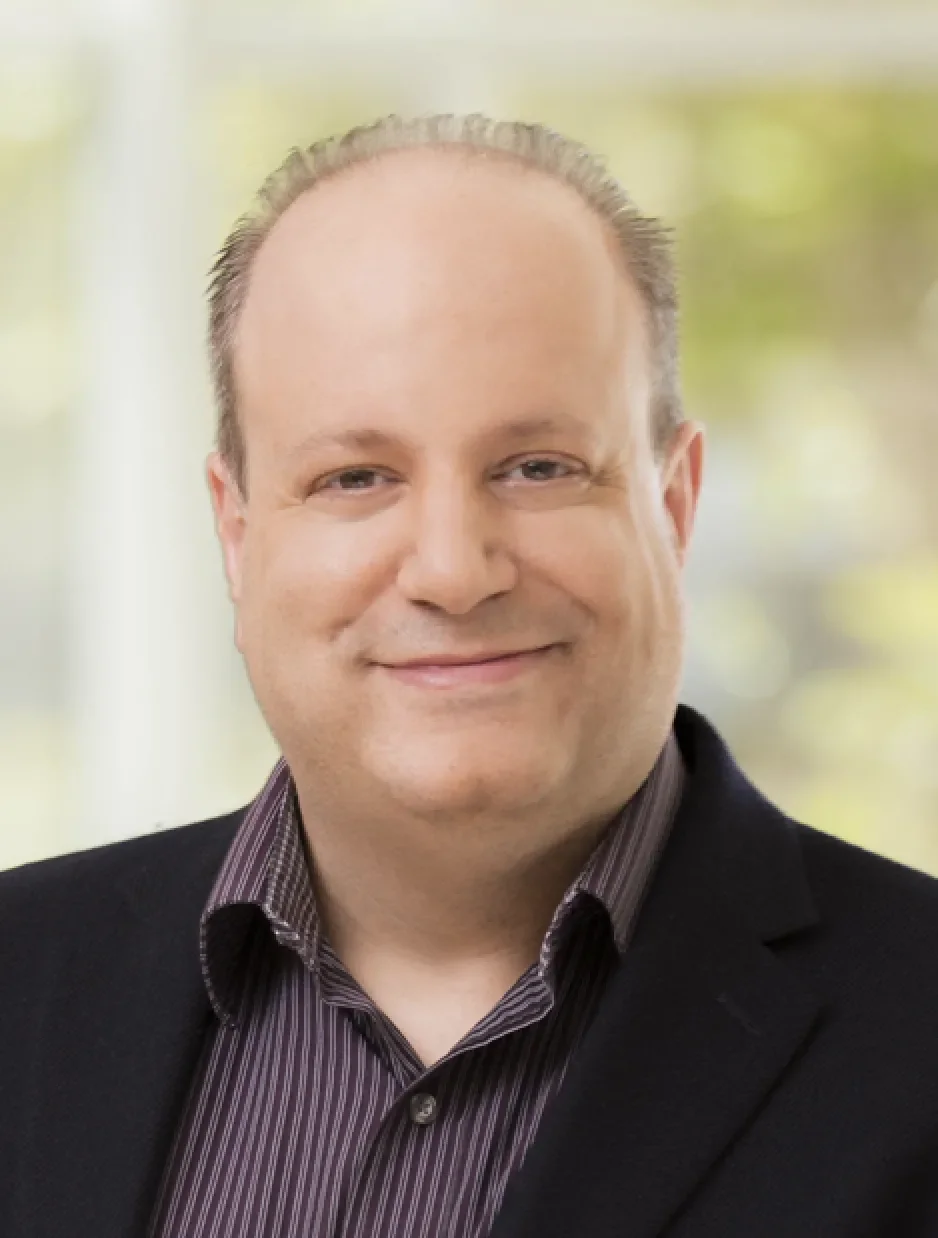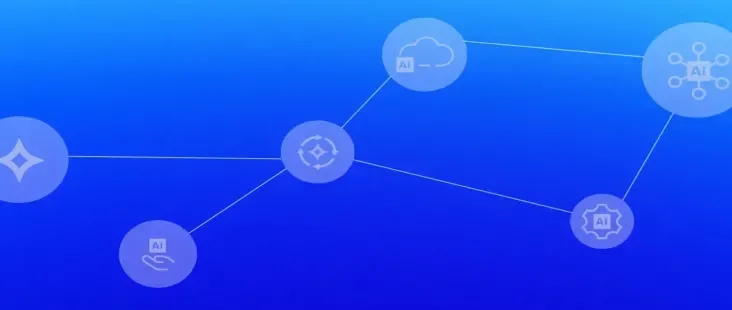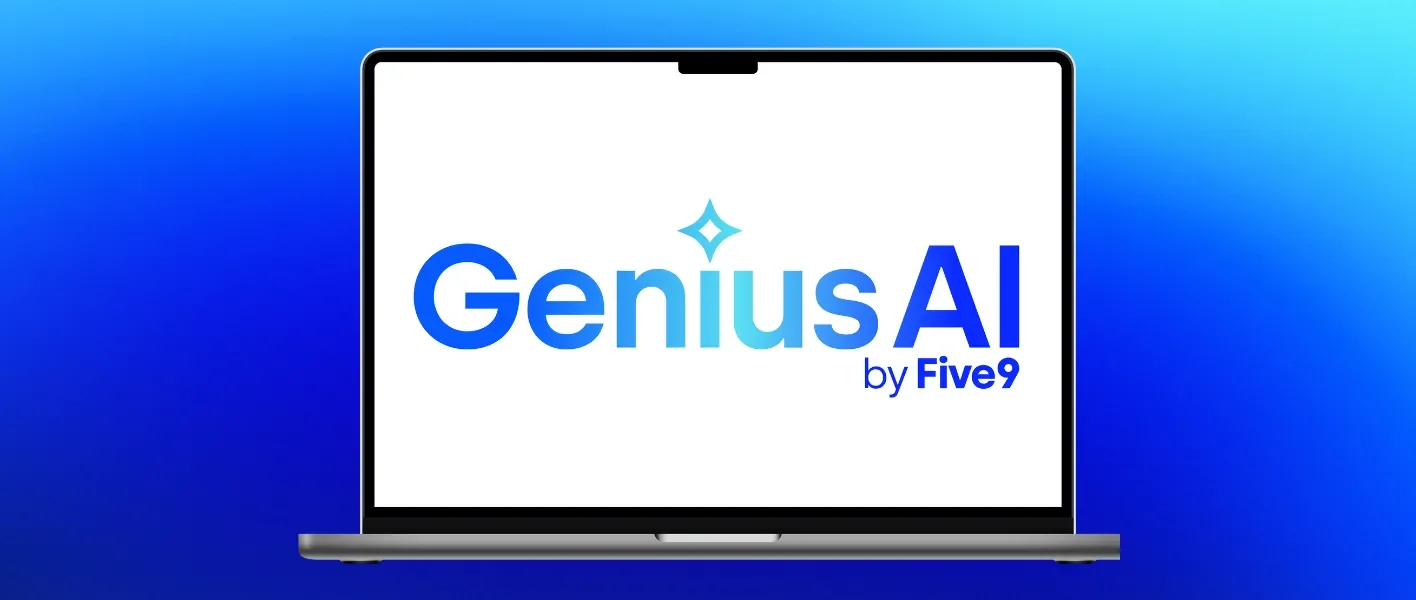
5 Surprising Reasons Why you Need to Move your Contact Center to the Cloud (and 10 Unsurprising Reasons) Part 3
Now that we have covered the not so surprising benefits of cloud, it’s time to dig into the good stuff. Interestingly enough, all five reasons are based on a simple truth: true multi-tenancy brings true benefits to all tenants.
What is true multitenancy? A true multitenant solution is one wherein there is sharing of compute, network, and storage between tenants. This is in contrast to a hosted offering. A hosted offering is just a premises solution that sits siloed in someone else’s data center. There is no sharing in a hosted offering – each tenant has its own set of servers, its own set of databases, and often, its own IP network. A hosted offering provides total isolation between each tenant. On the surface, this may seem like a benefit! When there is isolation, problems with one tenant have no impact on any other tenant. However, it misses out on a key benefit of true cloud solutions:
Because true multitenant solutions share compute, network and storage resources across tenants, the costs of providing service are amortized across all tenants, and the benefits of those costs are shared by all tenants.
This core benefit manifests itself in five surprising ways:
- Cloud Solutions can Provide Better Reliability
On the surface this seems counter-intuitive. However, when built properly cloud solutions can have far better reliability. The reason for that, is that the cloud provider can invest in complex and expensive technologies for achieving high availability. The costs of that investment – in terms of development dollars, operational staff, and operational expenses, are amortized across all tenants. And, in a true cloud solution, those costs do not scale linearly with the number of tenants – they are fixed (such as development costs), or scale sub linearly (such as operational staffing). With on-premises solutions this is fundamentally not true.
What are these expensive technologies? One of them is georedundancy – providing solutions that have backup hardware and software in far flung locations. Another is active/active high availability, requiring multiple data centers in the same region, with both handling traffic, and with data replicated between them. These solutions require a lot of technologies – complex load balancing to route traffic to the right place; complex DNS solutions, such as any casting; complex databases with replication; high speed networks, and so on.
Another expensive technology is redundancy within a data center, eliminating all single points of failures (SPOF). This is not just an issue of hardware- the software must be purpose designed to operate in this fashion. This is complex stuff, which is also hard to operate – often requiring investments in automation software to manage it.
A cloud provider does this work once, and the benefits accrue to all tenants, large and small.
A great example of this is Google search – a SaaS based product that has achieved incredible levels of reliability, far beyond what any premises based solution has done.
- Cloud Solutions provide better security
Security, like reliability, is an issue of cost. Most of this cost is in software development and operational processes, both of which are either fixed or sublinear with tenants, so that the costs can be amortized over all customers.
One example of this are certifications – such as PCI or SOC. These certifications are achieved when there is a full suite of operational processes in place, and those processes are followed. It requires an investment in people, training, and tooling in order to achieve these. The certification itself is not important – what is important are the training, processes and tooling that are achieved. Such investments could also be made for on-premises software, but they often are not because of the high costs. In the cloud – once achieved – it works for all tenants.
Another example is the deployment of complex security software, such as firewalls, intrusion detection systems, security operation centers, hardened operating systems, and so on. These are all fixed costs which are often not done on premises, but which can be done by the cloud provider, and once done, the benefits accrue to all tenants.
Yet another example is denial of service mitigation. These are some of the hardest attacks to prevent, often requiring complex network setups (BGP peering) with third parties to offload and blackhole traffic, along with systems to detect and invoke mitigation of these attacks. Most companies do not make these investments on premises. But, a cloud provider can do it once, and the cost is amortized across all tenants, and all receive the benefit.
Are you on the edge of your seat yet? Tune in next week for our final installment of our Reason to Move to the Cloud Series to learn our last three benefits.
If you haven’t had a chance to check out the rest of our series, you can do so here and here.



